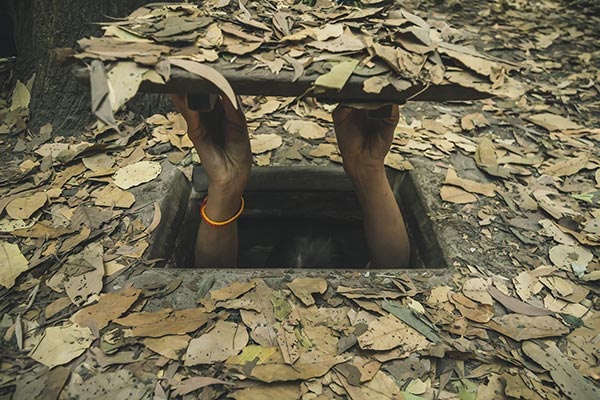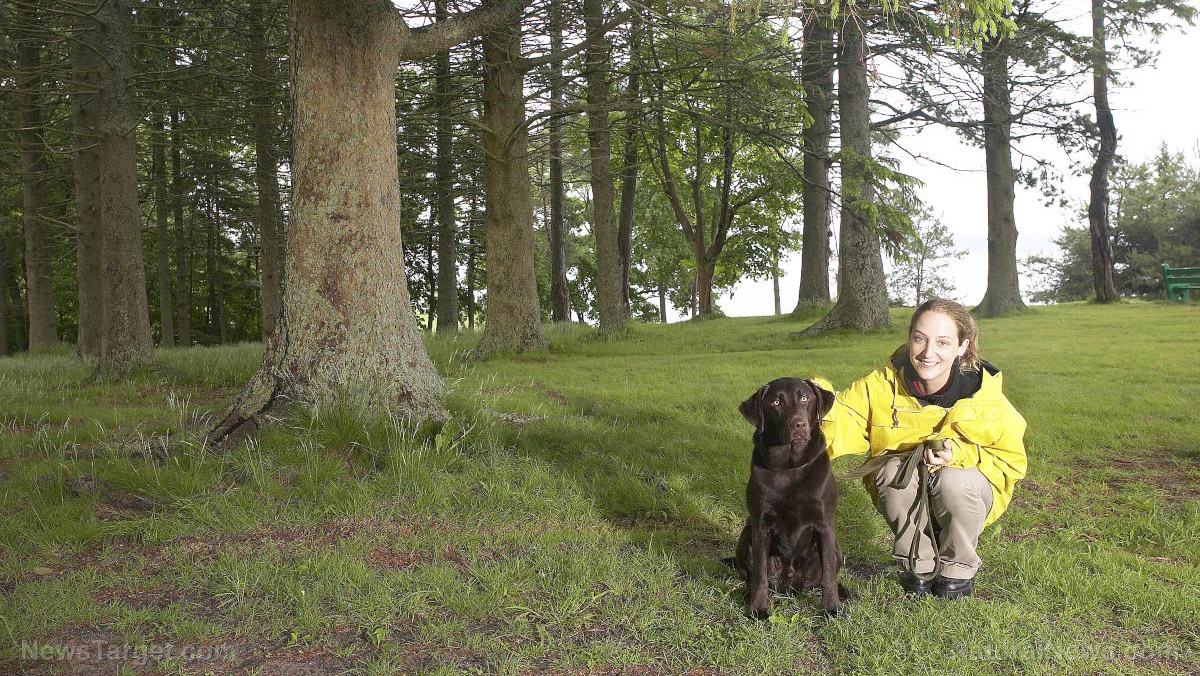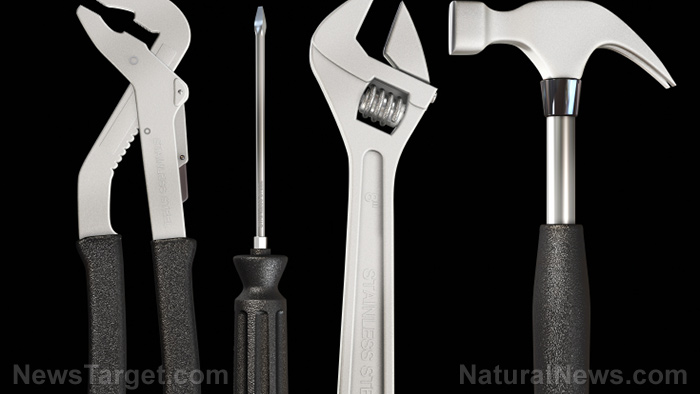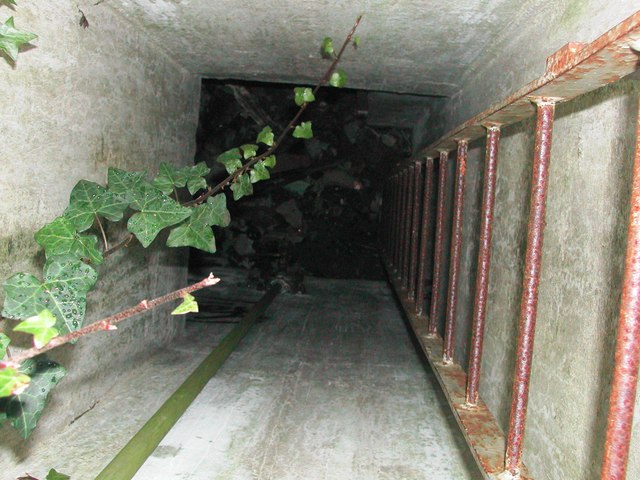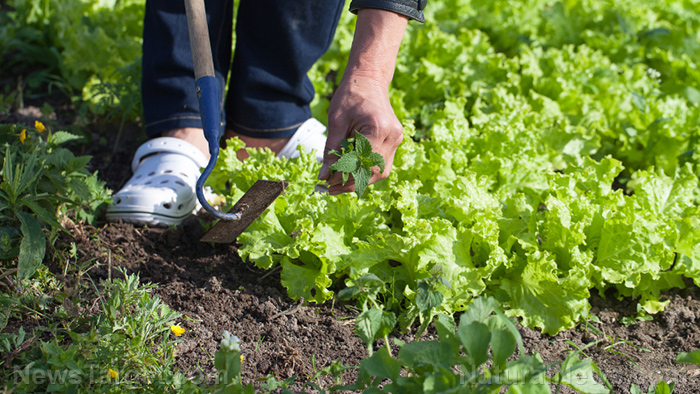The many survival uses of luffa
10/30/2019 / By Edsel Cook
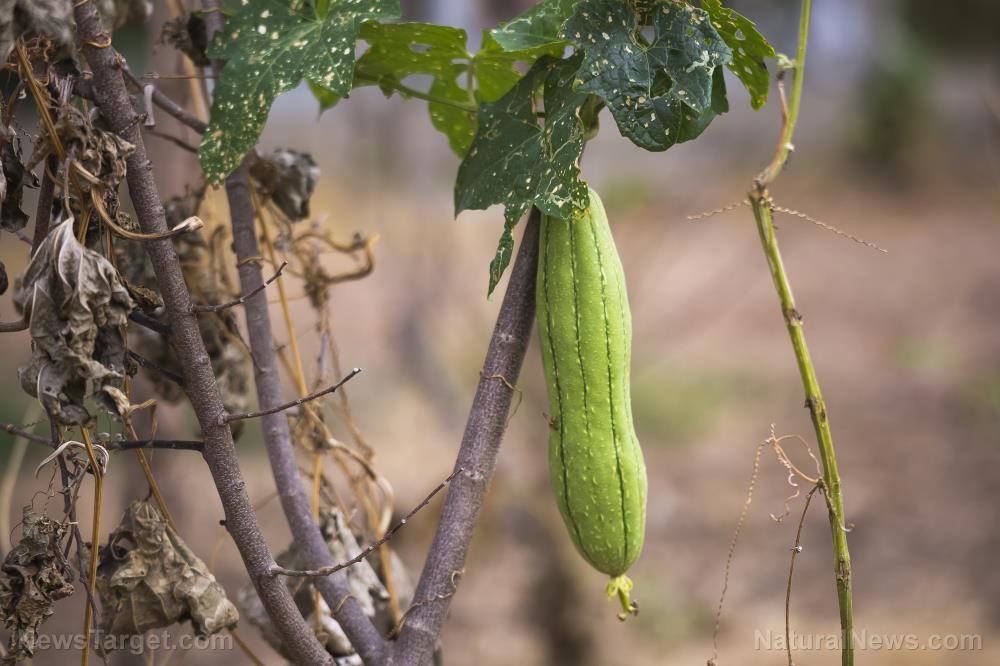
Preppers may want to cultivate a private supply of luffa gourds. Not only would it reduce dependence on commercial products, but using the result of honest labor also instills a feeling of accomplishment in anyone.
Luffa, or loofah, is a regular sight in the bath and beauty product sections of a grocery. It is usually used for scrubbing the body clean.
In addition to bathing, luffas may also replace synthetic brushes and sponges for cleaning dishes, floors, tiles, and other surfaces in various parts of the house or building.
Dry luffa may also be used for scraping away dirt from boots. They may replace sections of pool noodles as the bumpers or spacers in swimming pool lanes.
People who keep rodents as pets or raise poultry will like luffa for a different reason. It may replace the cardboard boxes, tubs, and plastic bottles that serve as exercise obstacles in the animals’ playground.
Cutting up fresh luffa creates chunks that embed well in homemade soap. To turn it into smaller pieces, dry the gourd and blitz it in a blender. The resulting bits will not only improve the texture of working hands soap, but are also suitable for body scrubs and facial scrubs.
Other uses for luffa
Assuming it didn’t get any chemical additive that negatively affects plants, luffa may get hollowed out and turned into seed starting cups. The porous material will allow the roots to pass through them. Over time, the cup will naturally degrade thanks to exposure to natural factors.
Its biodegradability adds to the convenience of luffa. After expending a gourd, a prepper may add any remnants or unusable parts to the compost heap.
Sponsored solution from the Health Ranger Store: Lab-verified Nascent Iodine solution is a dietary supplement that provides your body with supplemental iodine to help protect your thyroid during radiation exposure. Nuclear accidents such as Fukushima (or nuclear war) can expose your body to radioactive iodine-131, a dangerous radioisotope. Pre-loading your system with stable iodine occupies the iodine receptor sites on your organs, causing your body to naturally expel radioactive iodine you may have been exposed to through air, food, water or milk products. This defensive strategy is recommended by nearly all health authorities, worldwide, including the Nuclear Regulatory Commission. Discover more at this link.
A prepper who grows luffa in his survival garden will have a steady supply of scrubbing products for his household or homestead. He will also protect the environment by using eco-friendly items.
There is another, more direct way to use luffa to benefit both preppers and the land.
Chop or shred the gourds before mixing it into the soil. Intermixing chunks of luffa into the ground improves soil tilth, the suitability of the soil for planting a crop. Similar to planting beets, radishes, and turnips, it improves aeration, drainage, and soil retention.
Luffa isn’t the only gourd suitable for enhancing soil tilth. Any vine that produces a melon or a gourd makes an excellent way to improve the biomass of the soil.
Last but not least, preppers may cut the dried vines into lengths of six to 12 inches. Add these sections to “bug hotels” – they will serve as housing for beneficial insects. (Related: Bugs for green thumbs: 7 Beneficial bugs that you need in your garden.)
Tips for growing your own supply of luffas
Luffa vines are big plants with long growing periods of 100 to 110 days. The fully grown gourds will require another 120 to 140 days of seasoning/drying.
In general, one or two plants will provide enough gourds each year for the average family. Their seeds are very hardy, but they require fertile soil.
Plant luffa vines in pairs. To improve pollination and genetic variety, let a couple of fruits remain on the vine every few years. Collect the seeds from these fully mature gourds for future planting.
The narrow vines make luffas vulnerable to squash bugs, but they do not attract squash vine borers.
They need pollinators and are sensitive to arid and drought conditions. However, they tolerate humid heat.
Luffa that got harvested early and underwent curing will have a thin fibrous matrix with a slender and tight weave. More mature gourds have denser and thicker fibers – once seasoned, they turn into loose sponges with large textures.
Visit Homesteading.news for more tips on cultivating multi-purpose crops on your homestead.
Sources include:
Tagged Under: crops, green living, harvest, home gardening, homesteader, homesteading, how-to, luffa, Plants, preparedness, prepper, prepping, seeds, self sufficiency, self-reliance, soil health, survival garden, sustainable living
RECENT NEWS & ARTICLES
COPYRIGHT © 2017 · SURVIVAL NEWS



